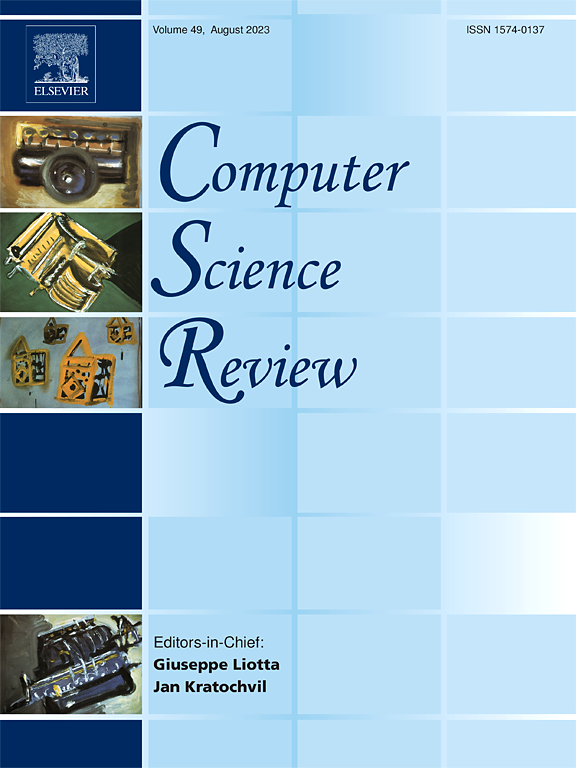基于混沌的视频加密技术综述
IF 12.7
1区 计算机科学
Q1 COMPUTER SCIENCE, INFORMATION SYSTEMS
引用次数: 0
摘要
混沌理论作为研究动态系统非线性行为的有力工具,在密码学领域显示出巨大的潜力。利用混沌系统对初始条件的高灵敏度及其复杂的动态特性,基于混沌的加密方法在数据加解密过程中提供了增强的安全性和不可预测性。随着信息安全需求的不断增长,传统的加密方法面临着巨大的挑战,特别是在抗攻击和密钥生成的随机性方面。混沌理论的整合为这些挑战提供了新的解决方案。本文对基于混沌的视频加密技术进行了综述。首先,建立了视频加密的数学模型,分析了传统加密算法在应用于视频数据时的优势和局限性。接下来,我们探讨了混沌系统的复杂性和随机性在加密设计中的独特作用及其对提高视频传输和存储安全性的影响。然后对最常见的混沌系统进行分类,并对其性能指标进行综合评价,为在视频加密中选择合适的混沌系统提供理论指导。在此基础上,对现有的基于混沌的视频加密算法进行了系统的分类和回顾,总结了它们的设计方法和评估标准。最后,概述了基于混沌的视频加密未来的研究方向,并讨论了其在智能监控、医学成像、军事通信等领域的应用潜力。本文章由计算机程序翻译,如有差异,请以英文原文为准。
Chaos-based video encryption techniques: A review
Chaos theory, as a powerful tool for studying the nonlinear behavior of dynamic systems, has shown great potential in the field of cryptography. Leveraging the high sensitivity of chaotic systems to initial conditions and their complex dynamic characteristics, chaos-based encryption methods offer enhanced security and unpredictability in the processes of data encryption and decryption. Amid the growing demand for information security, traditional encryption methods face significant challenges, particularly in terms of resistance to attacks and the randomness of key generation. The integration of chaos theory provides new solutions to these challenges. This paper provides a comprehensive review of chaos-based video encryption techniques. First, a mathematical model for video encryption is established, and the strengths and limitations of conventional encryption algorithms when applied to video data are analyzed. Next, we explored the unique role of the complexity and randomness of chaotic systems in encryption design and their impact on enhancing video transmission and storage security. The study then classifies the most common chaos systems and conducts an integrated evaluation of their performance metrics, offering theoretical guidance for selecting suitable chaos systems in video encryption. Building on this foundation, existing chaos-based video encryption algorithms are systematically categorized and reviewed, with their design methodologies and evaluation criteria summarized. Finally, the paper outlines future research directions for chaos-based video encryption and discusses its application potential in intelligent surveillance, medical imaging, military communications, and other fields.
求助全文
通过发布文献求助,成功后即可免费获取论文全文。
去求助
来源期刊

Computer Science Review
Computer Science-General Computer Science
CiteScore
32.70
自引率
0.00%
发文量
26
审稿时长
51 days
期刊介绍:
Computer Science Review, a publication dedicated to research surveys and expository overviews of open problems in computer science, targets a broad audience within the field seeking comprehensive insights into the latest developments. The journal welcomes articles from various fields as long as their content impacts the advancement of computer science. In particular, articles that review the application of well-known Computer Science methods to other areas are in scope only if these articles advance the fundamental understanding of those methods.
 求助内容:
求助内容: 应助结果提醒方式:
应助结果提醒方式:


